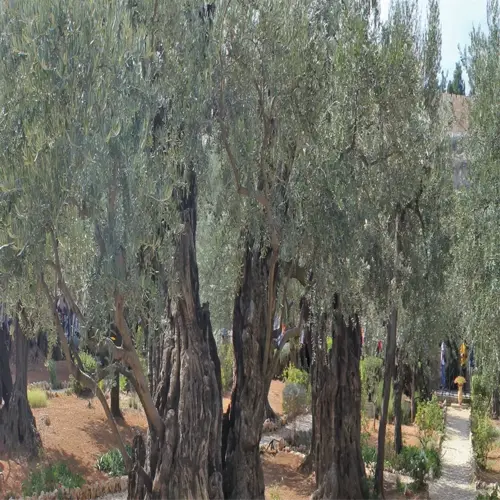What does Epsom salt do for pepper plants?

Written by
Julia Anderson
Reviewed by
Prof. Samuel Fitzgerald, Ph.D.Through the provision of magnesium, a fundamental nutrient that is required for chlorophyll production, Epsom salt is critical for the overall health and wellness of pepper plants. Without sufficient magnesium levels, plants will exhibit yellowing between leaf veins. I witnessed these symptoms in my greenhouse and amended the problem during flowering time by adding a monthly diluted application of Epsom salt.
Key Benefits
- Boosts chlorophyll for greener leaves
- Enhances phosphorus and nitrogen uptake
- Prevents leaf curling in fast-growing varieties
Application Methods
- Mix 1 tablespoon per gallon of water
- Apply as foliar spray or soil drench
- Use every 4-6 weeks during fruiting
Overuse Risks
- Excess magnesium lowers calcium absorption
- Can acidify soil over time
- Test soil pH before repeated use
It is essential to pay attention to timing! I apply the Epsom salt when they are showing first flower buds, this seems to prepare the plant for fruiting. My jalapeños doubled their output after spraying them with the Epsom salt at this stage. Do not use it too early; young seedlings rely on a balanced fertilizer more than a targeted magnesium addition.
Visual Symptoms
- Yellowing between leaf veins
- Purple-tinged stems
- Stunted pod development
Corrective Actions
- Test soil pH and magnesium levels
- Apply Epsom salt solution immediately
- Reduce high-potassium fertilizers
Complement Epsom salt with the other nutrients. To balance any potential nutrient imbalance, you can add calcium-rich amendments like crushed eggshells. In my raised beds, I alternate those treatments with compost tea. This is a way to keep the soil healthy, while also addressing the specific needs of my peppers during periods of heavy fruiting.
Read the full article: How to Grow Peppers: Expert Harvest Tips

